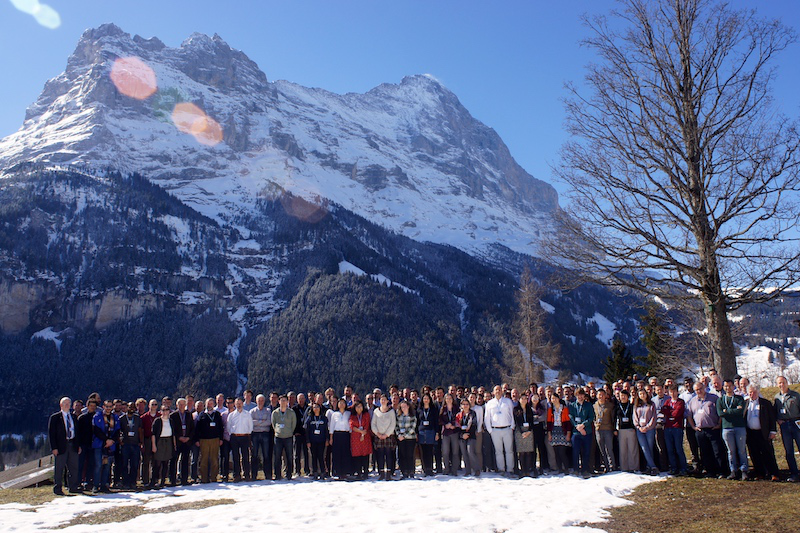Speaker
Description
We present the science case for a 1.45 meter space telescope to survey the closest, brightest FGKM main sequence stars to search for Habitable Zone (HZ) Earth analogs using the precise radial velocity (PRV) technique at a precision of 1-10 cm/s. Our baseline instrument concept uses three diffraction-limited spectrographs operating in the 0.3-0.4, 0.4-0.9, and 0.9-2.4 microns spectral regions each with a spectral resolution of R=150,000~200,000. Because the instrument utilizes a diffraction-limited input beam, each spectrograph arm will be extremely compact, less than 50 cm on a side, and illumination can be stabilized with the coupling of starlight into single mode fibers. With two octaves of wavelength coverage and a cadence unimpeded by any diurnal, atmospheric and most seasonal effects, EarthFinder will offer a unique platform for recovering stellar activity signals from starspots, plages, granulation, etc. to detect exoplanets at velocity semi-amplitudes currently not obtainable from the ground. Variable telluric absorption and emission lines may potentially preclude achieving PRV measurements at or below 10 cm/s in the visible and <50 cm/s in the near-infrared from the ground. Placed in an Earth-trailing (e.g. Spitzer, Kepler) or Lagrange orbit, the space-based cadence of observations of a star can be year-round at the ecliptic poles, with two 90-day "seasons" every 6 months in the ecliptic plane. This cadence and wavelength coverage will provide a distinct advantage compared to an annual ~3-6 month observing season from the ground for mitigating stellar activity and detecting the orbital periods of HZ Earth-mass analogs (e.g. ~6-months to ~2 years). Finally, we have compiled a list of ancillary science cases for the observatory, ranging from asteroseismology to the direct measurement of the expansion of the Universe.




